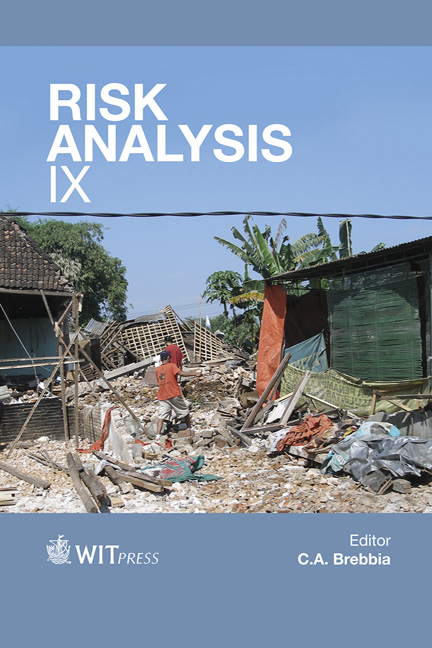Circuit Model Of Medical Equipment For Electrical Safety Purposes
Price
Free (open access)
Volume
47
Pages
11
Page Range
507 - 517
Published
2014
Size
454 kb
Paper DOI
10.2495/RISK140431
Copyright
WIT Press
Author(s)
E. Zennaro, C. Mazzetti, F. Fiamingo & G. L. Amicucci
Abstract
In order to assess the risk of electric shock during a surgical procedure, it’s important to know the insulation paths and the values of the insulation impedances of Medical Electrical (ME) equipment and then to draw \“leakage circuits” and monitor the intensity of \“leakage currents”. The aim of this work is to propose a circuit based model of a ME equipment to simulate the leakage currents measured during electrical safety tests. The setup of these measures are described in the standard EN 60601-1, which also describes the insulations composing a ME equipment and where they are placed. While the standard EN 62353 describes the insulation resistances should be measured. This information is the references for the model development which is subsequently implemented with the circuit simulation software National Instruments Multisim. The application of the circuit model allows the simulation of an earth leakage current, touch current and patient leakage current similar to real equipment, both in normal and in single fault conditions. The values of the electrical parameters of the model from a measurement report of a commercial defibrillator are assigned. The results of circuit model leakage currents are compared with the measurement data. The output of this comparison may be considered quite satisfactory. In this paper the extension of the model to other ME equipment is also discussed in view of the assessment of the risk of electrical shock during a surgical procedure. Keywords: microshock risk, medical equipment, circuit model of the defibrillator, floating type applied part, risk analysis, electrical safety.
Keywords
microshock risk, medical equipment, circuit model of thedefibrillator, floating type applied part, risk analysis, electrical safety.





